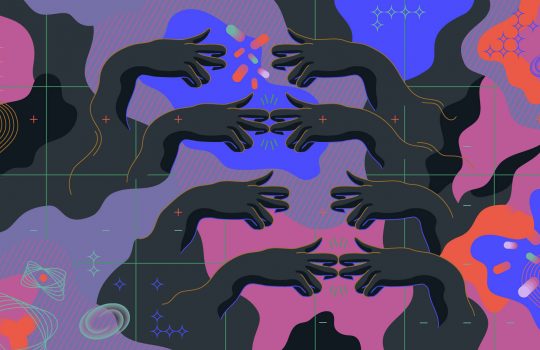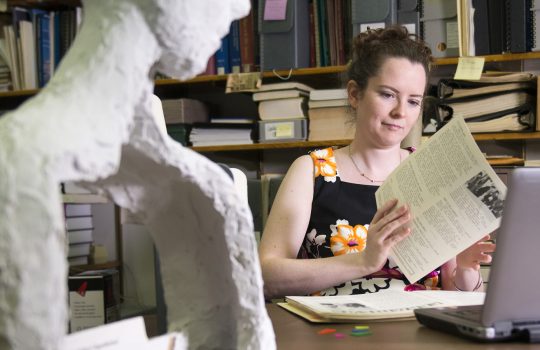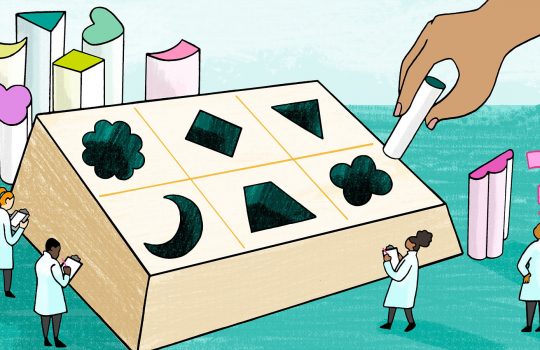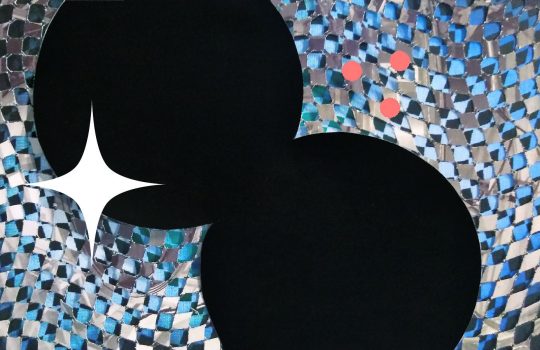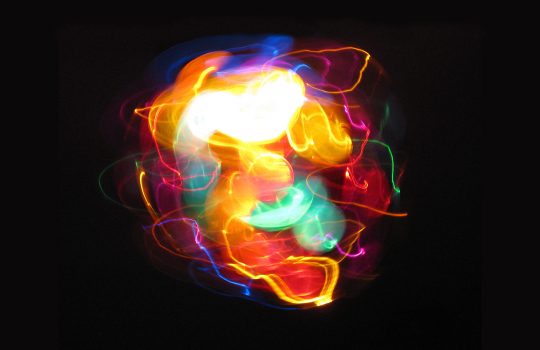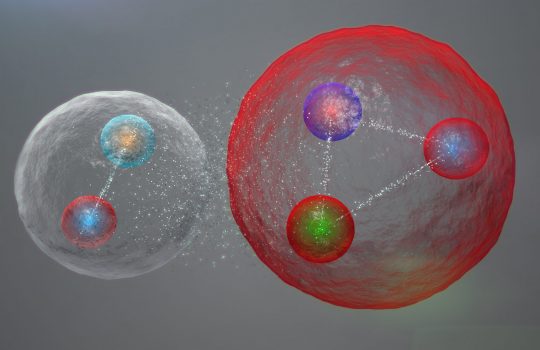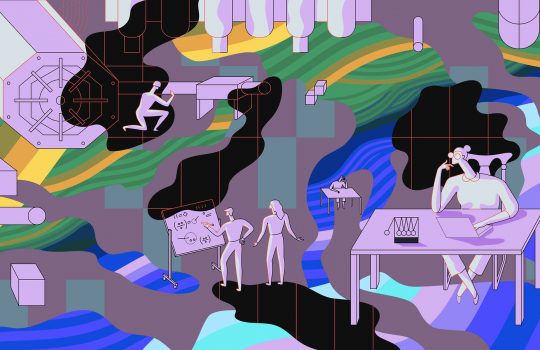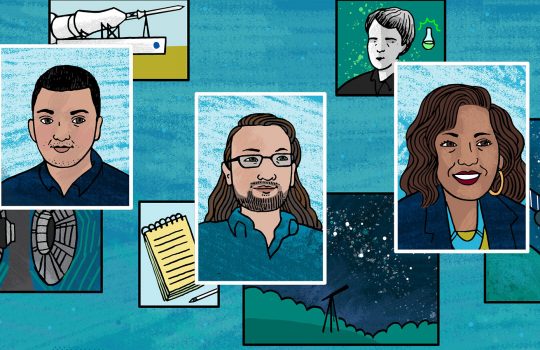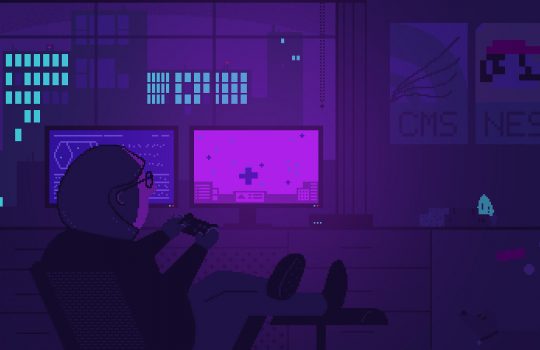The unseen progress of the LHC
It’s not always about what you discover. The LHC research program is famous for discovering and studying the long-sought Higgs boson. But out of the spotlight, scientists have been using the LHC for an equally important scientific endeavor: testing, constraining and eliminating hundreds of theories that propose solutions to outstanding problems in physics, such as why the force of gravity is so much weaker than other known forces like electromagnetism.


